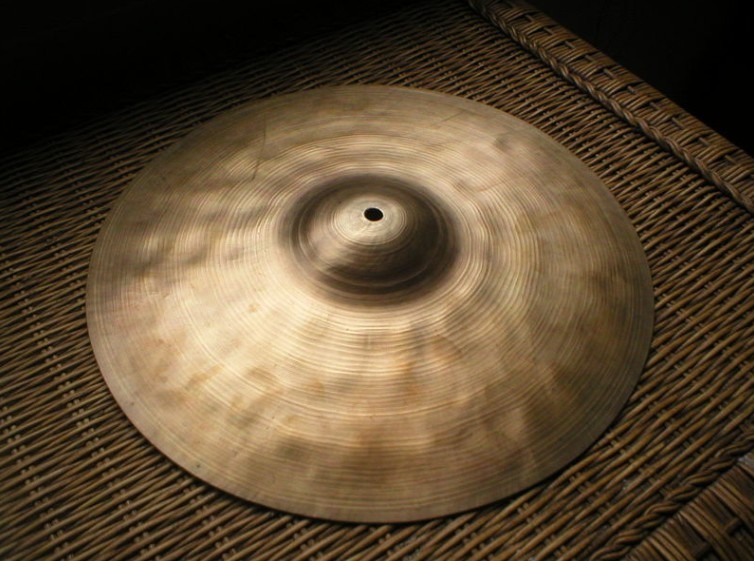Cymbals are disc-shaped instruments that are usually made out of copper-based metals. It has a diameter size of about thirteen to eighteen inches.It also has a hole drilled at its center, which is used to mount it to the stand or for tying a strap for hand playing. Around the hole at the center is a raised cup or dome, which has a higher ringing pitch than the rest of the cymbal’s parts. Aside from that, the surface surrounding the dome is called the bow. This section has two areas, the crash, and the ride area. The crash area has a thinner tapering near the edge, while the ride is the thicker part of the cymbal. The rim of this instrument is the immediate circumference of the cymbal.
The diameter is measured by either in centimeters and inches. In addition to that, the weight of the cymbal affects the volume of the instrument. The heavier the cymbal, the louder it is, and the thinner the cymbal, the fuller its sound will be. There are several types of cymbals around the world, and each of these produces a different tone. The pitch of these percussion instruments varies depending on its size. Larger and heavy cymbals produce deep sounds, while smaller and thin ones create high-pitch and bright tones. Along with that, another factor that affects the sound of this instrument is the lathing process, wherein it impacts the cymbal’s timbre. These instruments are notably used in concerts and orchestra, as well as in several genres, including jazz, pop, rock, Latin, and Afro-Cuban music. Also, cymbals were popular among Western and non-Western percussionist.
Most commonly, cymbals are made out of brass, bronze, and nickel silver. In making the cymbals, there are three main stages that determine the final result. First is the metal selection, then the shaping option, and finally, the manufacturing method. Those that came from China were generally made of brass, while other types of cymbals are made of brass and bronze combined. Sheet cymbals are stamped out of the metal sheet, while the cast cymbals were cast from molten metals. In constructing the cymbals, hammering is themost important thing to do. The process of hammering determines the shape of the cymbal. Although hand-hammering is applicable in making the cymbal, modern technology is also used for mass production.
Types of Cymbal
There are several types of cymbals. Although these variations look the same, different types of cymbals are not exactly made the same. Below are the of the most common types of cymbals that are usually found in drum sets or orchestras.
- Clash Cymbals:Clash cymbals are concert or orchestral cymbals that are played in pairs and are struck against each other using both hands in order to produce sounds. These types of cymbals are commonly used in orchestras and marching bands.
- China Cymbals: China cymbals are cymbals that closely resemble the Chinese bo instrument. These types of cymbals produce bright and cutting sounds and are used in Western as well as in non-Western music. China cymbals are typically used singularly and also comes in several sizes.
- Crash Cymbals:Crash cymbals are named for its loud and sharp sound after it was struck against each other. These types of cymbals were quite similar to the clash cymbals. However, some percussionists prefer to hit these cymbals with sticks or mallets rather than their usual style of playing.
- Ride Cymbals:Ride cymbals are large cymbals that have a long sustain. With that, it resonates for a length of time after it was hit. Also, these types of cymbals came with a drum set and were typically exist in the form of a crash.
- Hi-Hat Cymbals:The hi-hatcymbal is a type of cymbal that is mounted on a stand. It is opened and closed using a foot pedal or played with sticks. It also comes with a standard drum kit.
- Effects Cymbal: The Effect Cymbal is a broader category of cymbals that are used in producing accented sound or special sounds. Some types of effect cymbals are the splash cymbals and drumbal cymbals.

